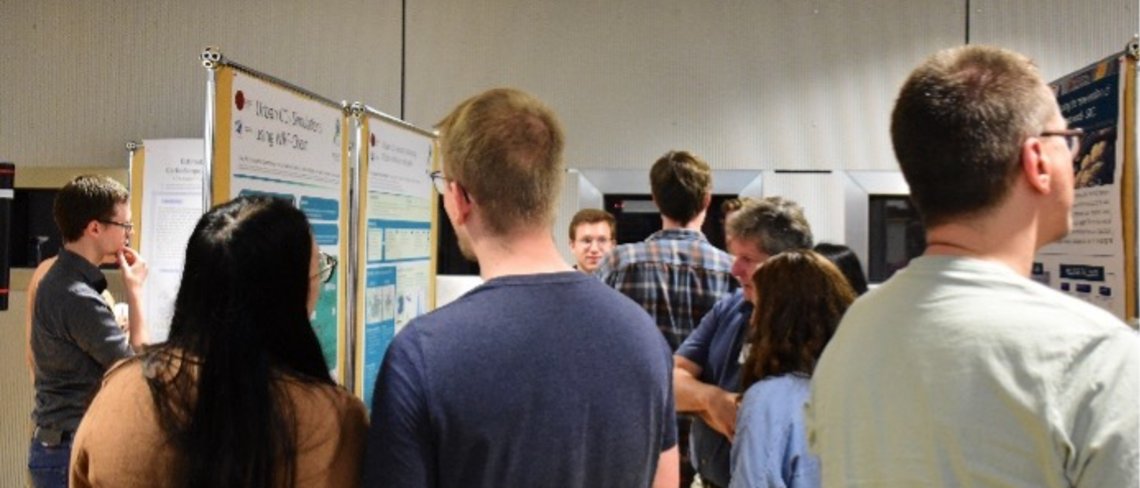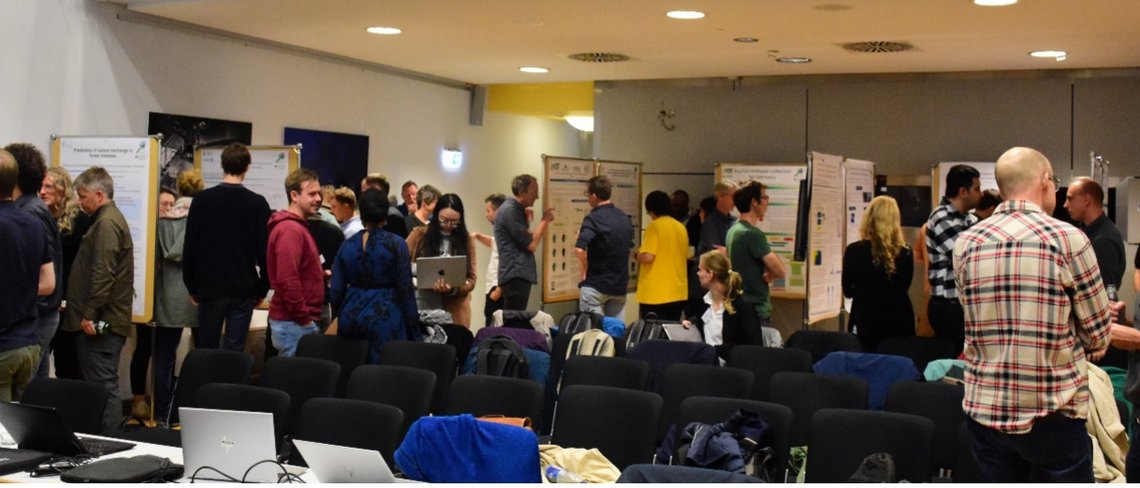Advancing Germany's Greenhouse Gas Monitoring: Scientists from various institutions convene at the ITMS second General Assembly at KIT's Campus North
A key feature of the innovative Integrated Greenhouse Gas Monitoring System for Germany (ITMS) project is the integration of multiple disciplines to develop an operational system which enables Germany to monitor and document the three most important long-lived greenhouse gases: CO2, CH4, and N2O. The second general assembly of ITMS at the Campus North of KIT was an excellent and promising opportunity to present and discuss new results, scientific exchange, and planning for future avenues.

During the second general assembly, 90 scientists from more than 25 institutions met and discussed the status of the collaborative research project, presented results, and planned the next steps. The meeting provided a unique platform, featuring an interdisciplinary Agenda, that facilitated collaboration among German experts in greenhouse gas sink and source quantification. These experts represent many different research fields, from atmospheric science, meteorological modelling, bio-geochemical modelling, atmospheric measurements and remote sensing, as well as experts from the inventory agencies responsible for greenhouse gas emission reporting. The meeting was enriched by the presence of the Scientific Advisory Board, who provided valuable external insights and support.
In the rooms of the Training Centre for Technology and the Environment at KIT in Karlsruhe, the colleagues from the two hosting Institutes of Meteorology and Climate Research, the Institute for Atmospheric, Trace Gases and Remote Sensing (IMK-ASF), KIT Campus North in Karlsruhe and the Institute for Atmospheric Environmental Research (IMK-IFU), KIT Campus Alpin in Garmisch-Partenkirchen created an atmosphere for excellent exchange, along oral, poster presentations and plenty discussion. The growing cooperation is a promising foundation for the following ITMS phases in the coming years.

The Integrated Greenhouse Gas Monitoring System (ITMS) aims to enable Germany to monitor and document the three most important long-lived greenhouse gases: CO2, CH4, and N2O. A key feature of the modular project is the integration of measurements of atmospheric concentrations, understanding source and sink processes, and modern modelling approaches. The Federal Ministry of Education and Research (BMBF) funds the research project, which is also supported by the Federal Ministry for Digital and Transport (BMDV) in its long-term operational orientation at the DWD.




